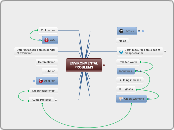af Ramon Alvarez 12 år siden
310
Biology 311D Concept Map - RAA2446
The concept map delves into various aspects of evolutionary biology, highlighting the mechanisms and factors influencing changes in gene frequency over generations. It discusses natural selection and its three modes—









